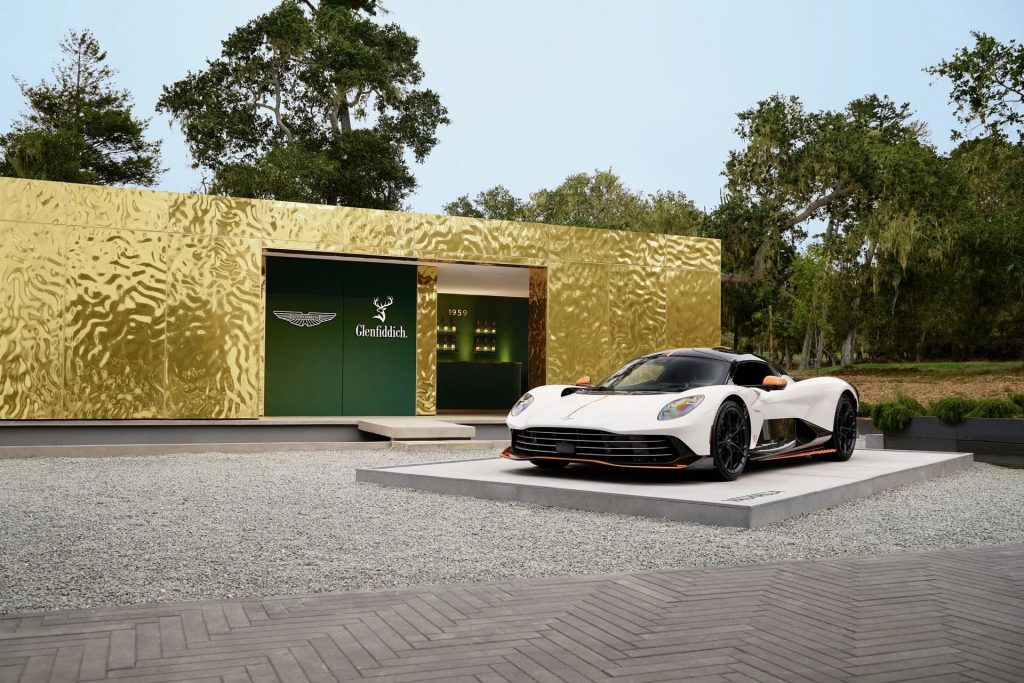Can the new titans of luxury navigate a frontier marked by tariffs and tradition?
In a world where trends move faster than a Lamborghini, the landscape of luxury is undergoing a profound transformation. The old pillars of status and exclusivity are shifting, giving way to a new architecture built on purpose, human connection, and a surprising spirit of collaboration. From the boardroom to the catwalk, the latest news reveals a tapestry of interconnected movements, where brands are not just selling products, but curating entire lifestyles and values.
The Unprecedented Convergence of Craftsmanship
The lines between industries are blurring, forging unexpected alliances that redefine brand identity. The automotive sector, once confined to horsepower and design, is now a lifestyle curator. Bentley is strengthening its brand voice with a new EMEA communications leader, Franziska Jostock, while Genesis has rolled out a lifestyle goods collection in the U.S., a line of “thoughtfully designed products curated with the concept of ‘son-nim,’ or ‘honored guest,’ in mind.” The strategy is a masterclass in brand extension, turning a car company into a purveyor of a complete aesthetic.
This is even more pronounced in high-end partnerships. Lamborghini and Sonus Faber have merged their Italian influences to create a limited run of luxury speakers, a testament to shared DNA in precision engineering and design. Meanwhile, the very essence of a British icon is being bottled as Aston Martin names Glenfiddich as its official whisky partner, unveiling a rare single malt to mark a new, liquid-fueled chapter in their legacy. These aren’t just one-off collaborations; they’re a trend of brands moving beyond their core competencies to create synergistic, multi-sensory experiences that resonate with the modern luxury consumer.
The Conscious Consumer and the Rise of the Human Element
Today’s luxury is not just about what you own, but how it was made and the values it represents. A significant theme emerging from the news is a pivot towards sustainability and social consciousness. Kering‘s revelation that its Regenerative Fund for Nature has helped regenerate 2.74 million acres of land is a powerful statement of a brand’s international impact beyond sales. This commitment to a greater good is also reflected in the United Nations Fashion and Lifestyle Network doubling its membership in 2025, indicating a widespread desire across the industry to embed social responsibility into business models.
The very soul of luxury is also becoming more human-centric.
The column on the sudden rise of ‘cute luxury’ highlights a shift away from overt opulence towards an appreciation for endearing, personal, and authentic experiences. This is why digital literacy is now as important as cultural fluency in the hospitality sector, as a new column on AI in luxury hospitality suggests. The goal is to use technology to enhance five-star service, not replace it, ensuring the human connection remains at the heart of the experience.
Redefining Ownership: The Luxury of Access and Experience
The traditional model of outright ownership is being challenged by new, flexible pathways to luxury. This is most evident in real estate and travel. Pacaso’s research showing that 80% of adults are interested in fractional property ownership reveals a widespread appetite for shared equity models that reduce costs and maintenance responsibilities. It’s a pragmatic approach to luxury, democratizing access to second homes without sacrificing exclusivity.
Similarly, in travel, membership and experiential models are flourishing. Inspirato’s new $40,000 annual unlimited travel membership program is a prime example, offering access to a global network of luxury homes instead of the burden of owning just one. The private member’s club Soho House’s plan to go private with a valuation of roughly $2.7 billion is another move that consolidates its identity as a curated, exclusive experience rather than a publicly-traded entity. The trend is clear: the modern luxury consumer values access, flexibility, and a passport to a curated lifestyle over a static asset.
Navigating Headwinds: Leadership and Resilience
Beneath the glamour, luxury brands are also strategically navigating global challenges. The column on tariffs and their effect on luxury goods serves as a stark reminder of the economic pressures facing the industry, with Estée Lauder Cos. anticipating that tariffs could affect its 2026 profitability by approximately $100 million. This requires foresight and thoughtful planning to preserve brand reputation and customer loyalty.
The key to this resilience lies in strategic leadership. The news of Valentino’s CEO appointment and Diageo’s CEO succession plan underscores the importance of a strong, visionary hand at the helm. It is these leaders who must guide their brands through economic shifts, consumer demand changes, and the ever-present need to innovate while staying true to their heritage. This balance is what allows brands like H. Moser & Cie to fuse classic Swiss watchmaking with modern art, creating an anime-inspired collection, and for Louis Vuitton to partner with a young star like Jude Bellingham, ensuring their formalwear remains both a legacy and a contemporary statement.





